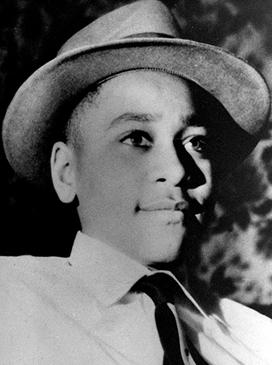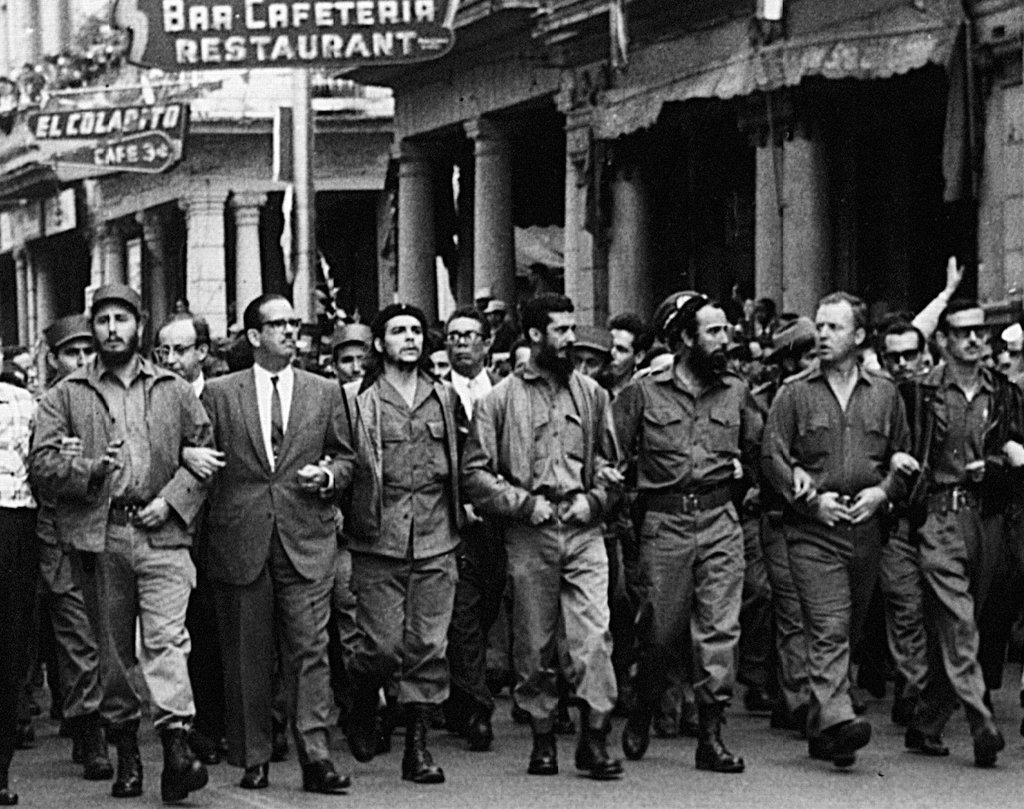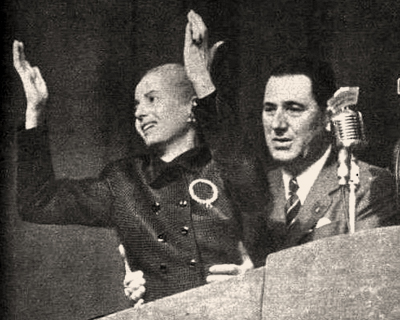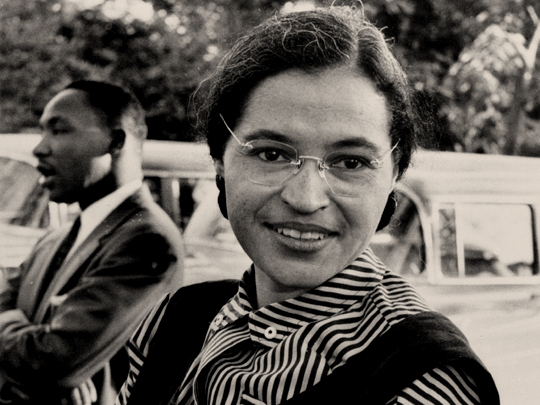Wikimedia Commons / CC-BY-SA-3.0 / GFDL
1 – Rosa Parks Arrested for Refusing to Move to the Back of Bus
On December 1, 1955, in Montgomery, Alabama, Parks refused to obey bus driver James F. Blake’s order to give up her seat in the colored section to a white passenger, after the white section was filled.
Parks’ act of defiance and the Montgomery Bus Boycott became important symbols of the modern Civil Rights Movement.
However, Parks was not the first person to resist bus segregation.
Those included; Bayard Rustin in 1942, Irene Morgan in 1946, Sarah Louise Keys in 1952, and the members of the Browder v. Gayle 1956 lawsuit.
Among those involved in the lawsuit, Claudette Colvin, Aurelia Browder, Susie McDonald, and Mary Louise Smit were arrested in Montgomery for not giving up their bus seat months before Parks.
NAACP organizers believed that Parks was the best candidate for seeing a court challenge after her arrest for civil disobedience in violating Alabama segregation laws.
However, her case became bogged down in the state courts, while the Browder v. Gayle case succeeded.
Although she widely honored in later years, Parks also suffered for her actions. She was fired from her job as a seamstress in a local department store and received death threats for years afterward.
Shortly after the boycott, she moved to Detroit, where she briefly found similar work. From 1965 to 1988 she served as secretary and receptionist to John Conyers, an African-American US Representative.
Upon her death in 2005, she was the first woman and third non-US government official to lie in honor at the Capitol Rotunda.
2 – Emmett Till’s Torture and Murder Galvanizes the Civil Rights Movement

Emmett Till was a 14-year old boy from Chicago, Illinois. He was visiting relatives in Money, Mississippi. On August 24, he went to a small grocery store where he spoke to 21-year-old Carolyn Bryant, the married proprietor.
It is disputed exactly what Till said to Bryant. Several nights later, Bryant’s husband Roy and his half-brother J. W. Milam went to Till’s great-uncle’s house and abducted the boy.
They took him away and beat and mutilated him before shooting him and sinking his body in the Tallahatchie River.
Three days later, Till’s body was discovered and retrieved from the river.
Till’s body was returned to Chicago. His mother, insisted on a public funeral service with an open casket to show the world the brutality of the killing.
Tens of thousands attended his funeral or viewed his casket and images of his mutilated body were published in black-oriented magazines and newspapers.
This rallied popular black support and white sympathy across the U.S. Black civil rights in Mississippi were heavily scrutinized, with newspapers around the country critical of the state.
Initially, local newspapers and law enforcement officials decried the violence against Till, they soon began responding to national criticism by defending Mississippians, which eventually transformed into support for the killers.
In September 1955, Bryant and Milam were acquitted of Till’s kidnapping and murder. Protected against double jeopardy, Bryant and Milam publicly admitted in an interview with Look magazine that they killed Till.
Till’s murder is noted as a pivotal catalyst to the next phase of the Civil Rights Movement.
3 – Fidel Castro Forms the ‘July 26th Movement’

The 26th of July Movement was a vanguard revolutionary organization led by Fidel Castro that would, in 1959, overthrow the Fulgencio Batista dictatorship in Cuba.
The Movement fought the Batista regime on both rural and urban fronts.
The 26th of July Movement’s name originated from the failed attack on the Moncada Barracks, an army facility in the city of Santiago de Cuba, on 26 July 1953.
The movement was reorganized in Mexico in 1955 by a group of 82 exiled revolutionaries (including Fidel Castro, Raúl Castro, Camilo Cienfuegos, Huber Matos, and Juan Almeida Bosque).
4 – RCA Victor pay $25,000 for the Rights to Tupelo Truck Driver Elvis Presley

At the Country Disc Jockey Convention in early November, Elvis Presley was voted the year’s most promising male artist and several record companies had shown interest in signing him.
After three major labels made offers of up to $25,000, Parker and Phillips struck a deal with RCA Victor on November 21 to acquire Presley’s Sun contract for an unprecedented $40,000.
Presley, at 20, was still a minor, so his father signed the contract.
Parker arranged with the owners of Hill and Range Publishing, Jean and Julian Aberbach, to create two entities, Elvis Presley Music and Gladys Music, to handle all the new material recorded by Presley.
Within two months (by the end of January 1956), he would record ‘Heartbreak Hotel’ & make his national TV debut.
5 – Argentine President Juan Peron, Resigns & Flees

In September 1955, after ruling for a decade, Argentine President Juan Peron was deposed in a military coup.
Peron had become increasingly authoritarian as Argentina’s economy declined in the early 1950s.
Following the death of his charismatic wife, Eva Peron in 1952, the national coalition that had backed him collapsed.
Having antagonized the church, students, and others, he was forced into exile by the military on 19 September 1955.
Perón barely escaped with his life and fled to Spain, where he served as leader-in-exile to the ‘Peronists’, a group of Argentines who still remained loyal to him.
6 – James Dean Dies in a Car Accident

The death of Hollywood actor James Dean occurred on September 30, 1955, near Cholame, California. He was only 24 years old.
Dean had competed in several auto racing events, and was traveling to a sports car racing competition when his car crashed at the junction of California State Route 46 (former 466) and California State Route 41.
According to Warren Beath, who wrote the most detailed account of the accident in his book, The Death of James Dean, a witness saw Dean’s Porsche 550 Spyder smash almost head-on into a 1950 Ford Tudor.
This car was being driven by 23-year-old student Donald Turnupseed. Dean’s car then flipped two or three times in cartwheels, before landing in a gully beside the shoulder of the road.
Dean was pronounced dead upon arrival at the hospital, while his passenger, Rolf Wütherich, survived but required several complicated surgeries on his hip and femur.
The other driver, Turnupseed, was only slightly injured and went on to own and operate a successful family electrical contracting business.
